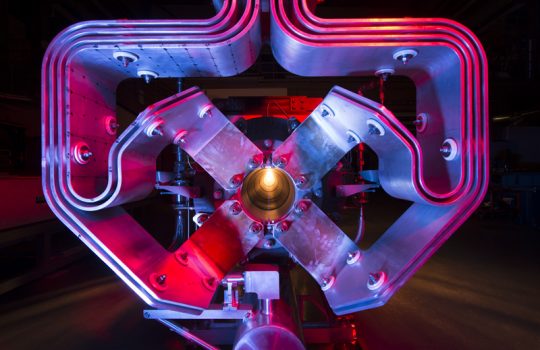Four ways engineers are trying to break physics
MSN, April 2, 2025
To address the lingering questions of the Standard Model of Physics, particle physicists have been planning the next-generation colliders. Fermilab could be the site of a future muon collider, but future colliders will be the efforts of the international physics community.

